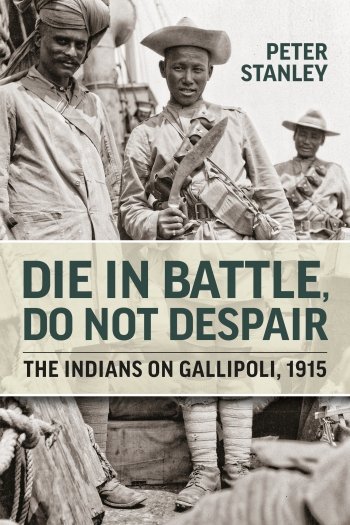-
Załączniki bezpieczeństwa
Załczniki do produktuZałączniki dotyczące bezpieczeństwa produktu zawierają informacje o opakowaniu produktu i mogą dostarczać kluczowych informacji dotyczących bezpieczeństwa konkretnego produktu
-
Informacje o producencie
Informacje o producencieInformacje dotyczące produktu obejmują adres i powiązane dane producenta produktu.HELION
-
Osoba odpowiedzialna w UE
Osoba odpowiedzialna w UEPodmiot gospodarczy z siedzibą w UE zapewniający zgodność produktu z wymaganymi przepisami.
About 1,600 of the Indians who served on Gallipoli died, in actions at Gurkha Bluff and Hill 60. They took part in terrible, failed attacks, at Gully Ravine and Gully Spur and in the climactic attempt in August to seize the summit of Sari Bair – one of the Gurkhas’ most cherished battle honours. Though commemorated on the great memorial to the missing at Cape Helles (because most Indians’ bodies were cremated or, actually, lost) they are practically invisible on Gallipoli today. The Indian story of Gallipoli has barely been told before. Not only is this the first book about their part in the campaign to be published in the century since 1915, but it also tells their story in new and unexpected ways. Though inescapably drawing on records created by the force’s British officers, it strives to recapture the experience of the formerly anonymous sepoys, gunners and drivers, introducing Indians of note – Mit Singh, Gambirsing Pun, Kulbahadur Gurung, and Jan Mohamed – alongside the more familiar British figures such as Cecil Allanson, who led his Gurkhas to the crest of Sari Bair at dawn on 9 August 1915. It explores for the first time the remarkably positive relationship that grew on Gallipoli between Indians and Anzacs, and includes a complete list of the Indian Army dead commemorated on the Helles Memorial on Gallipoli. Professor Peter Stanley, one of Australia’s most distinguished military social historians, has drawn on an extensive range of unpublished evidence, including official and private records in Britain, Australia, New Zealand and India to tell the story of the Indian experience of Gallipoli that has waited a century to be told.








